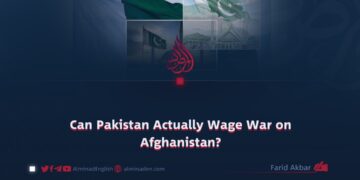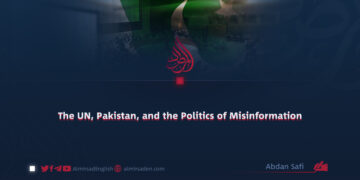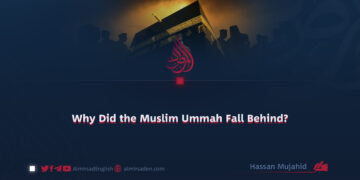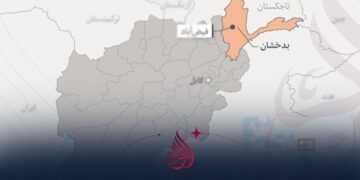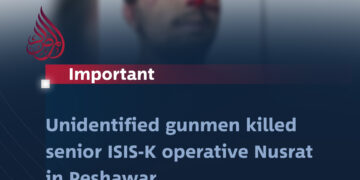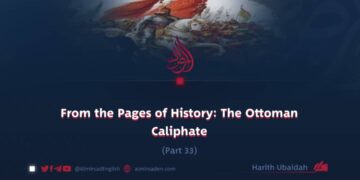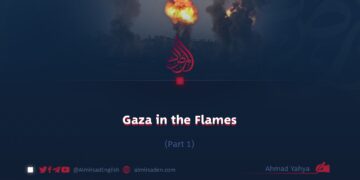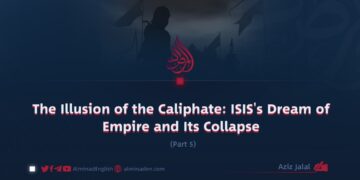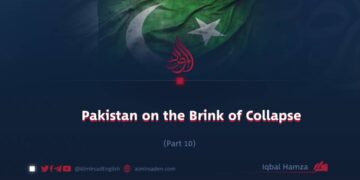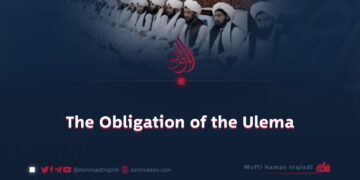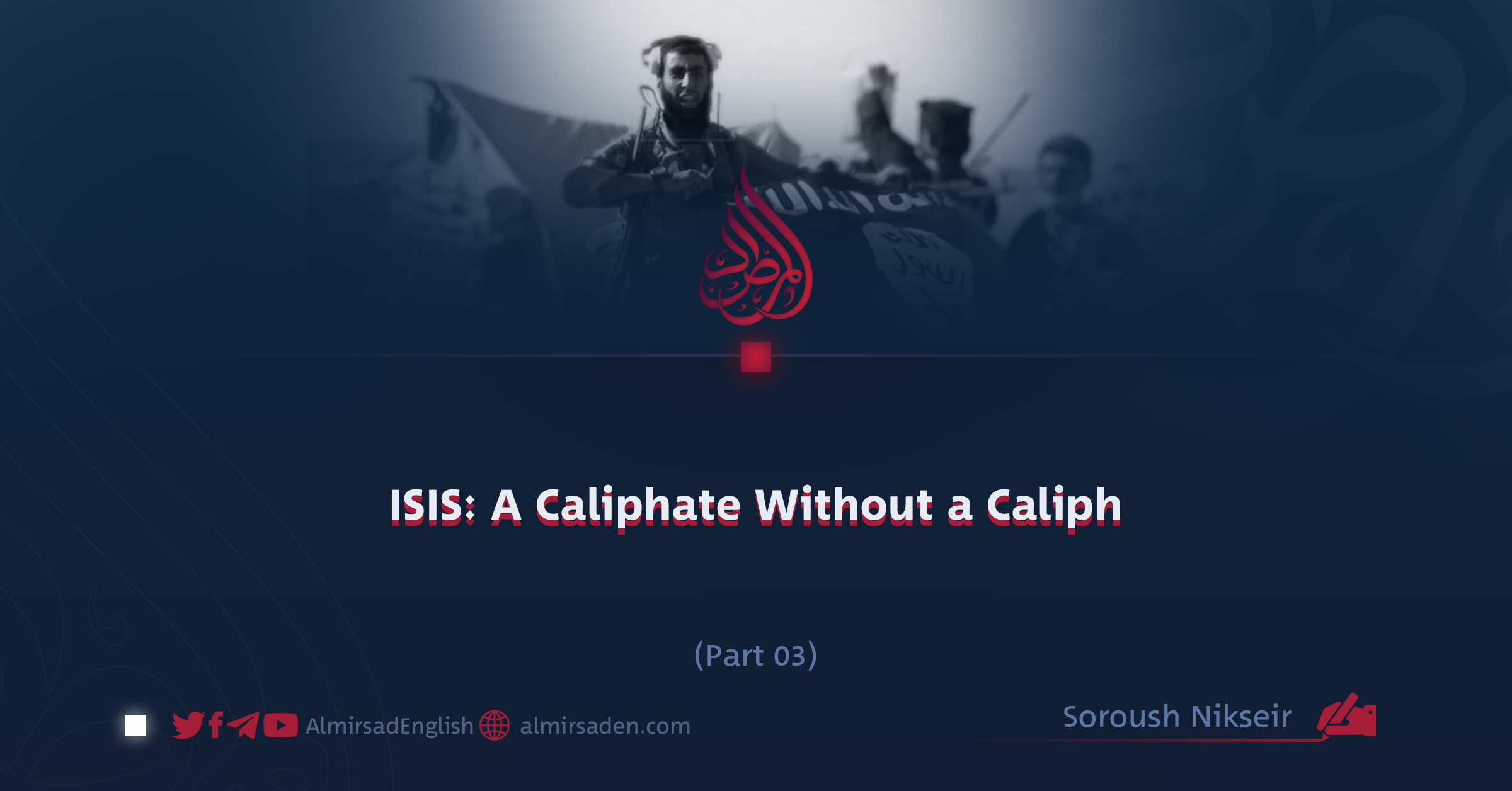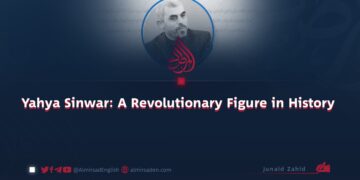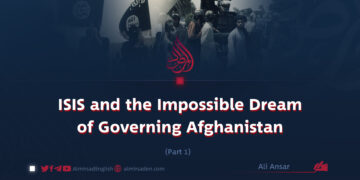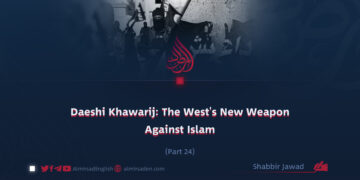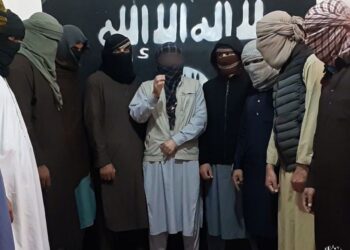Part 3
Soroush Nikseir
Unstable Economy: Why Could not Financial Resources Save the ISIS Group?
At the height of its power, the extremist group ISIS claimed to have established a “stable caliphate.” In reality, it constructed a fragile and unsustainable economic system rooted in looting, smuggling, and foreign dependency. Yet, despite its brutality and apparent profitability, this fragile economic foundation failed to prevent the group’s eventual collapse.
This article examines two principal pillars of ISIS’s wartime economy: oil revenues and plunder, and reliance on foreign aid, analyzing why these financial streams ultimately proved insufficient to sustain the group’s existence.
Oil Revenues and Plunder
ISIS’s economic backbone rested primarily on oil revenues and large-scale looting. These revenue streams proved highly profitable during the group’s initial territorial expansion but were fundamentally unstable and short-lived. Between 2014 and 2016, it became the most financially powerful extremist group in history by capturing oil fields across Iraq and Syria. At its peak, ISIS extracted between 30,000 to 40,000 barrels of oil per day and sold them at heavily discounted prices ranging from $15 to $40 per barrel through black markets.
The primary buyers were networks of Kurdish, Turkish, and even Israeli smugglers who transported the oil across Turkey’s borders into global markets. This illicit trade was sustained through widespread bribery of border officials and collusion with corrupt local authorities.
However, this revenue model quickly unraveled. International coalition airstrikes systematically destroyed ISIS’s makeshift refineries and disrupted its supply lines. Simultaneously, the global drop in oil prices during 2014 and 2015 significantly reduced profits. Since ISIS was already selling oil at discounted rates, the further decline in prices left it severely underfunded.
Plunder and extortion also contributed heavily to ISIS’s income. After capturing cities like Mosul, the group looted millions of dollars from banks and imposed heavy taxes on merchants and farmers to finance its operations. These methods, though initially effective, quickly proved unsustainable. As stolen resources diminished and public resistance increased, revenue from looting dried up rapidly.
In addition, by confiscating property and brutally exploiting the population, ISIS destroyed any remaining traces of local legitimacy. To the people under its control, the group appeared not as a religious authority but as a predatory force driven by greed and violence.
Through these practices, ISIS exposed its true nature. It was not a genuine Islamic movement, but a band of mercenaries cloaked in religious slogans. Even if the group ever possessed a shred of perceived legitimacy, its barbarism erased it completely. What remained was a global image of bloodshed, theft, and inevitable self-destruction.
Reliance on Foreign Aid
In addition to its internal sources of income, ISIS initially benefited from foreign financial support. In its early years, the group reportedly received backing from regional actors such as Qatar and Kuwait. However, as ISIS’s extremism intensified and its global notoriety increased, this support steadily declined.
The group’s horrific violence, public executions, and grotesque acts of cruelty alienated even its former supporters, many of whom distanced themselves to avoid international condemnation. The same ISIS that had once relied confidently on foreign aid to fund its operations now found itself financially isolated.
Attempts to offset this decline by boosting domestic revenues proved futile. The territories under ISIS control lacked the infrastructure and institutional capacity for genuine economic productivity. The group’s extractive and coercive economic model was incapable of generating sustainable wealth. As a result, its financial collapse dragged the entire caliphate project into ruin.
Conclusion
In the end, the so-called caliphate of ISIS crumbled under the weight of its own contradictions. An economy built on looting, smuggling, and unreliable foreign assistance was never designed to endure. The group’s economic failure was not simply the result of external pressure or military defeat. It was the inevitable outcome of an unsound, illegitimate, and immoral foundation.
The ISIS economy was like a house built on shifting sands. It was briefly dazzling but fatally unstable. As the winds of global resistance rose, the structure collapsed, leaving behind only destruction, bloodshed, and the bitter legacy of a failed fantasy.


